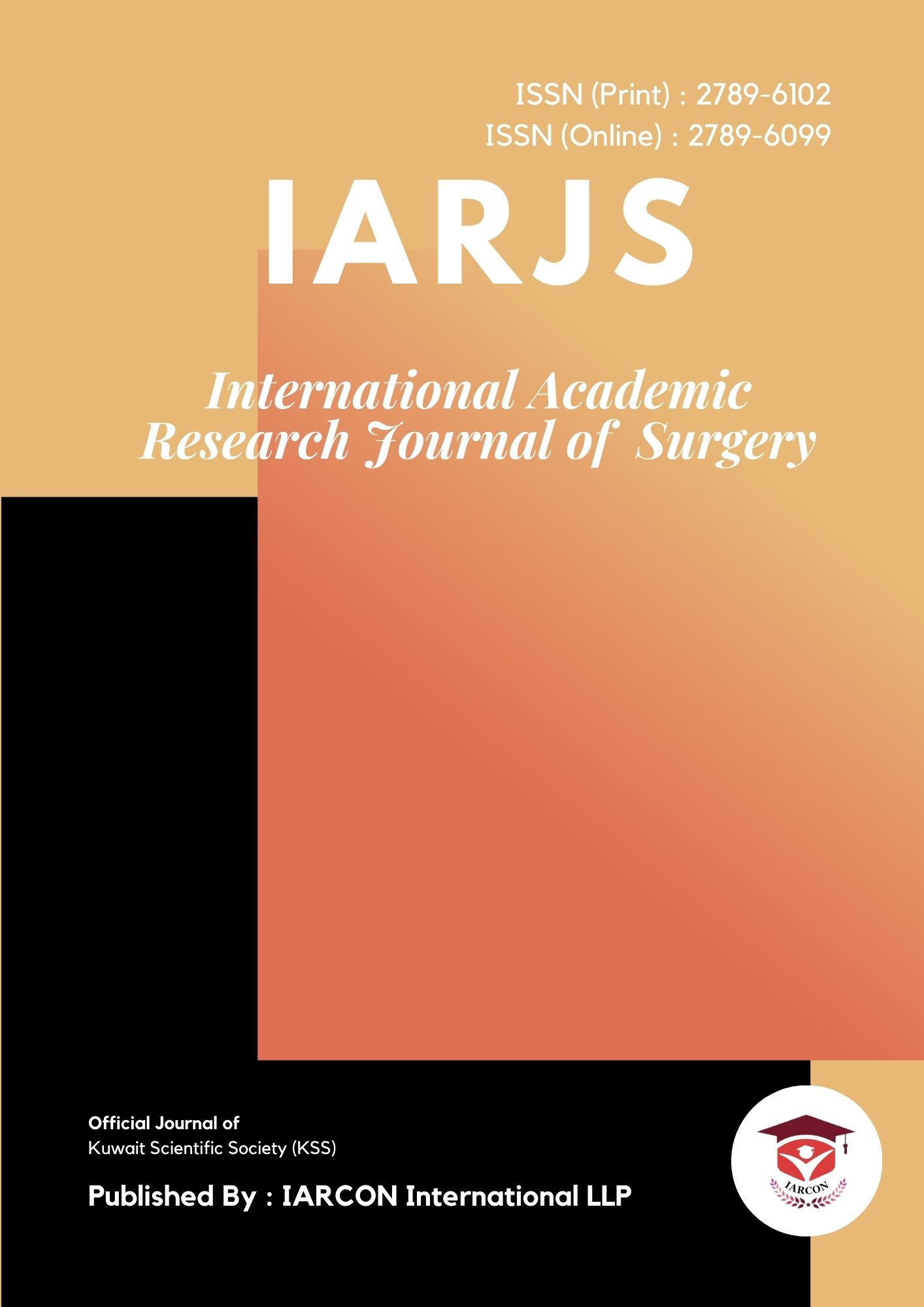Background: Breast cancer has emerged as the most commonly diagnosed cancer among women in India, surpassing cervical cancer in incidence. Despite advancements in treatment and diagnosis, the key to improving survival lies in timely detection through awareness and preventive practices such as Breast Self-Examination (BSE), Clinical Breast Examination (CBE) and mammography. However, in regions like Shimla, limited health literacy, cultural stigma and lack of targeted outreach pose significant barriers to early detection, especially among women in rural and low-education settings. Materials and Methods: This descriptive, cross-sectional study was conducted among 400 adult women in Shimla district, Himachal Pradesh, from January to March 2025. Data were collected exclusively through an online survey distributed via Google Forms on platforms such as WhatsApp, Facebook and Instagram. A structured and pre-validated questionnaire was used to gather information on socio-demographic characteristics, awareness of breast cancer symptoms and screening practices and perceptions regarding early detection. Participants’ awareness levels were categorized as very good (≥80%), good (60–79%), fair (41–59%), or poor (<40%) based on correct responses. Results: Of the 400 participants, the majority were between 26–35 years of age (35.0%) and held undergraduate (32.0%) or secondary-level (29.0%) education. Rural respondents constituted a slight majority (53.0%). Awareness was high regarding breast cancer’s definition (86.0%), common symptoms like breast lumps (89.0%) and the role of mammography (83.0%). However, awareness was comparatively lower for asymptomatic presentation (76.0%), nipple retraction (71.0%) and recurrence after treatment (70.0%). Overall, 39.5% of women demonstrated very good awareness, 40.5% good, 14.0% fair and 6.0% poor. Conclusion: The study reveals a generally sound understanding of breast cancer and early detection among women in Shimla, especially in younger and better-educated groups. Nonetheless, targeted educational interventions are needed to address nuanced clinical aspects and reach women with limited access to health information. Strengthening community outreach through digital education, school engagement and frontline health workers can significantly enhance early detection efforts and reduce delays in diagnosis.

